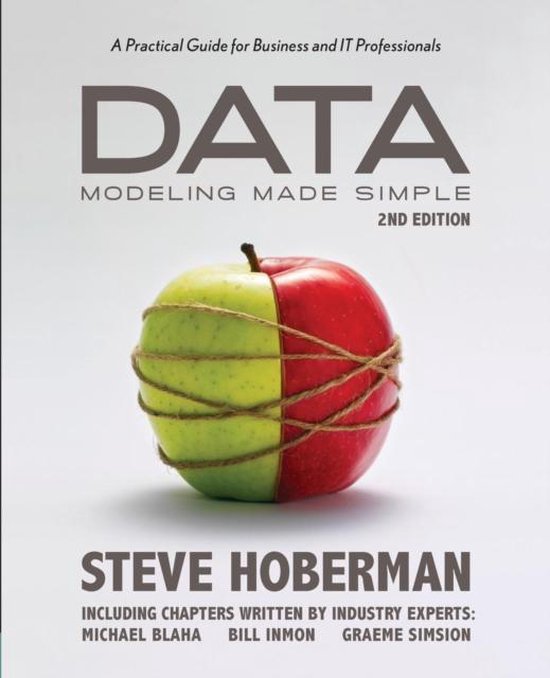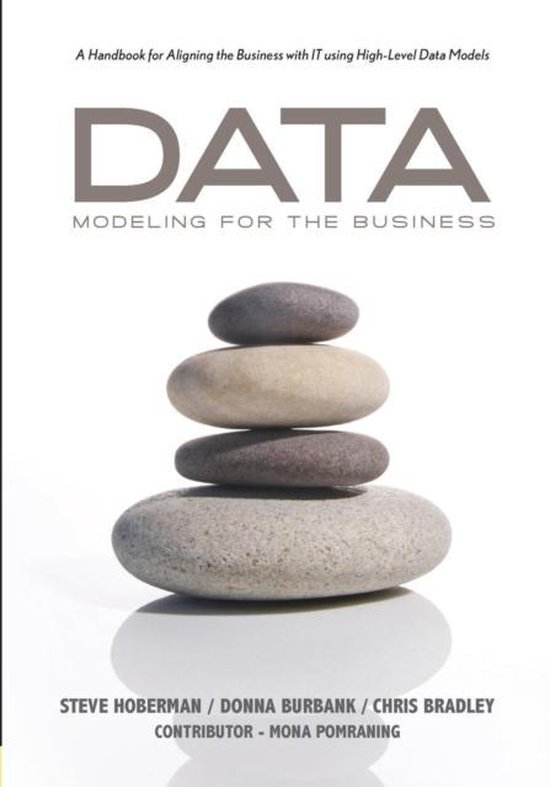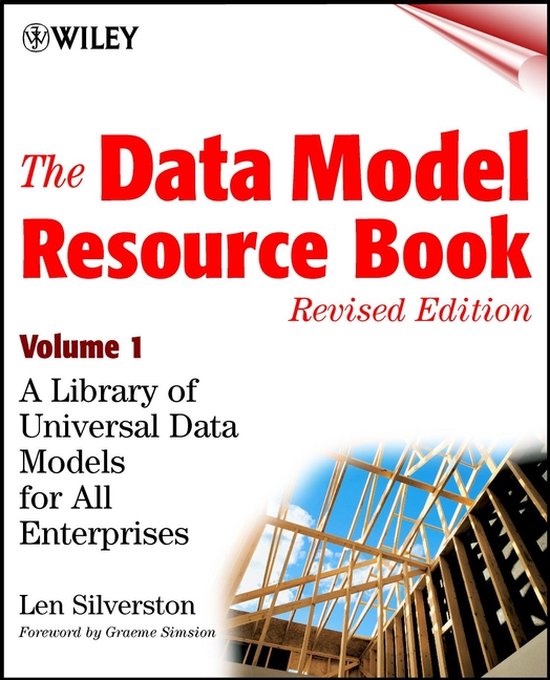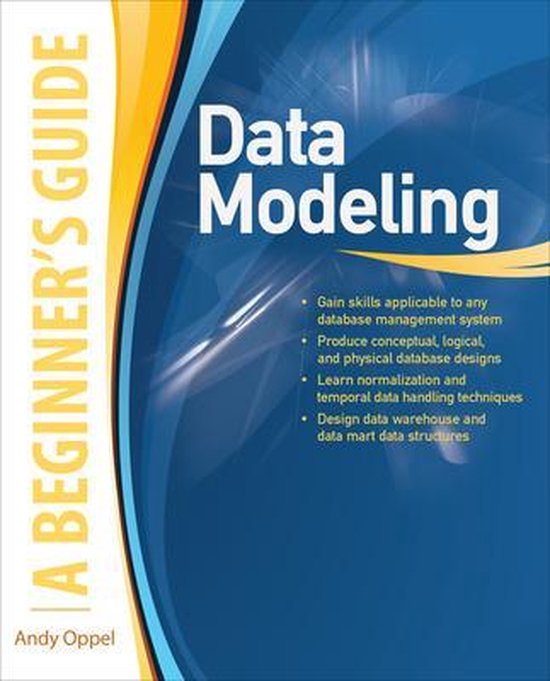
Data Modeling Made Simple
Ever have a bad data day? If you are a business user, architect, analyst, designer or developer, then you have probably had some bad data days. It comes with the territory. Overcoming these problems is much easier if you have an in-depth understanding of the actual data. That's where a data model comes in handy. It's a diagram that uses text and symbols to represent groupings of data, giving you a clear picture of your business and application environment. The book provides the tools you need to read, create and validate models of your business and applications. It contains everything about modelling you need to know but were too afraid to ask, such as: what are the traditional and non-traditional uses of a data model? How do subject area, logical, and physical data models differ? When do I build a BSAM, ASAM, or CSAM? What is the easiest way to apply normalisation? Where can I best leverage abstraction? How do I decide whether to use denormalisation or dimensionality? What are primary, foreign, alternate, virtual, and surrogate keys? What is the best approach to building the models? How can I use the Scorecard system to validate a data model? It also includes over 30 exercises to reinforce concepts and sharpen your skills!
| Auteur | | Steve Hoberman |
| Taal | | Engels |
| Type | | Paperback |
| Categorie | | Computers & Informatica |





